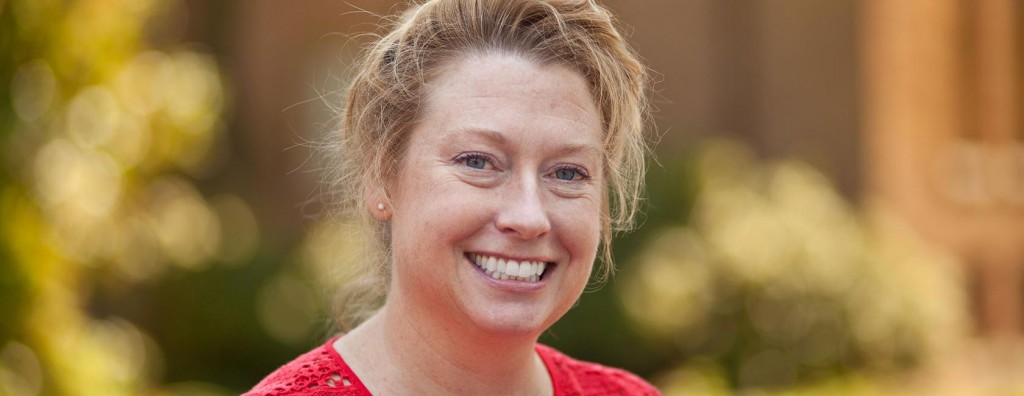Page 12 • (1,975 results in 0.046 seconds)
-
instrumentation in coursework and when doing research with faculty. They learn techniques used in the chemical industry, in graduate research, and in analytical or forensics laboratories; including, 500 MHz Fourier transform nuclear magnetic resonance (NMR) spectroscopy, inductively coupled plasma mass spectrometry (ICP-MS), and gas chromatography with mass spectrometry (GC/MS). Chemistry Major Declaration Process Consultation with chemistry faculty member required. Declare major early and preferably by
-
constants of the protons decreased leading to the conclusion that the peaks began to coalesce at higher temperatures. 3:30 – 3:40 - Break3:40 pm - A Headspace Solid Phase Microextraction-Gas Chromatography-Mass Spectrometry Method for Analysis of Acrylonitrile Migration from Styrene-Acrylonitrile Cups Christian Rude, Senior Capstone Seminar Acrylonitrile is a carcinogenic monomer that is in styrene-acrylonitrile polymer during its manufacturing process, and can migrate from the polymer to foods and
-

, and psychology.Exploring the when, what, and why of labile metabolite production and excretion by marine microorganisms "These organisms are tiny, but they are diverse and abundant, and their cellular activities all add up together to control how much carbon makes it into the deep ocean, where it is stored for thousands of years or even longer,” said Professor Boysen. “We use analytical organic chemistry tools, such as gas-chromatography mass spectrometry, to measure the molecules that microbes
-
time revealed new insights into the complex reactions mixture. The reactions were monitored using a gas chromatography/mass spectrometry and thin layer chromatography. Thursday, April 30th, 2009 1:50 pm - Atomic force microscopy of high molecular weight thin film polymer blends compatibilized with triblock and graft copolymersE. Moriah Zimmerman, Senior Capstone Seminar Thin film polymer blends were studied using atomic force microscopy (AFM) with focus on the effect that various triblock and multi
-

, and psychology. Exploring the when, what, and why of labile metabolite production and excretion by marine microorganisms “These organisms are tiny, but they are diverse and abundant, and their cellular activities all add up together to control how much carbon makes it into the deep ocean, where it is stored for thousands of years or even longer,” said Professor Boysen. “We use analytical organic chemistry tools, such as gas-chromatography mass spectrometry, to measure the molecules that microbes
-
Click the Image Below to Visit our Newsletter in Full Many thanks to Prof. Anna Trammell (Archivist & Special Collections Librarian) for providing the Clover Creek images that appear in this issue. You can learn more about PLU’s Archive and Special Collections here and follow them on Instagram. We are immensely grateful to Sami Hoskins (WMGS/Global Studies/IHON '20) for designing this year's Newsletter and this webpage. Student Video Projects from English 322: Place-Based Writing
-
Available Courses Language-Based Continuing EducationIntroduction to Medical Interpreting (Spanish)This course is a preparatory course for those looking to become state-certified medical interpreters. This is a fully grant-funded course in 2024, thanks to Virginia Mason/Franciscan Health, and applications for registration can be requested at ce@plu.edu. Spring cohort ran March-April, and registration Summer and Fall for that course is now closed. Classes are full. Waiting lists are full. Class
-
study of the Holocaust and other examples of mass violence challenges us to push far beyond our comfort zones. Students who choose to earn a minor in Holocaust and Genocide Studies will join a scholarly community that believes that the Holocaust and other genocides must be studied, its victims must be remembered, human rights and dignity must be honored through our daily beliefs, and yet the search for “lessons” drawn from the Holocaust and genocide is a never-ending process. Minor20 semester hours
-

the Nazi’s genocidal plan in her first lecture as the new Kurt Mayer Endowed Chair of Holocaust Studies. To hit the ground running, Griech-Polelle, who joined the Lute family this July, will be giving a lecture for students and the community titled “The First Victims: The Nazi Euthanasia Campaign Lecture.” The talk will explore Nazi programs that the regime installed to prepare for mass killings during World War II. Among the programs the Nazi regime created was a secret project called “Aktion T-4
-
. Once concentrated on the fiber, analytes can be desorbed directly from the fiber into the analyzing instrument, avoiding any need for dilution. This work investigates the emission of formaldehyde from curing paint using SPME in combination with gas chromatography/mass spectrometry (GC/MS). This methodology is able to detect formaldehyde at concentrations in the low parts per billion (ppb) range. The headspace over paint samples was sampled using 65 μm poly(dimethylsiloxane)/divinylbenzene fibers
Do you have any feedback for us? If so, feel free to use our Feedback Form.


